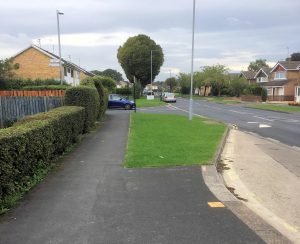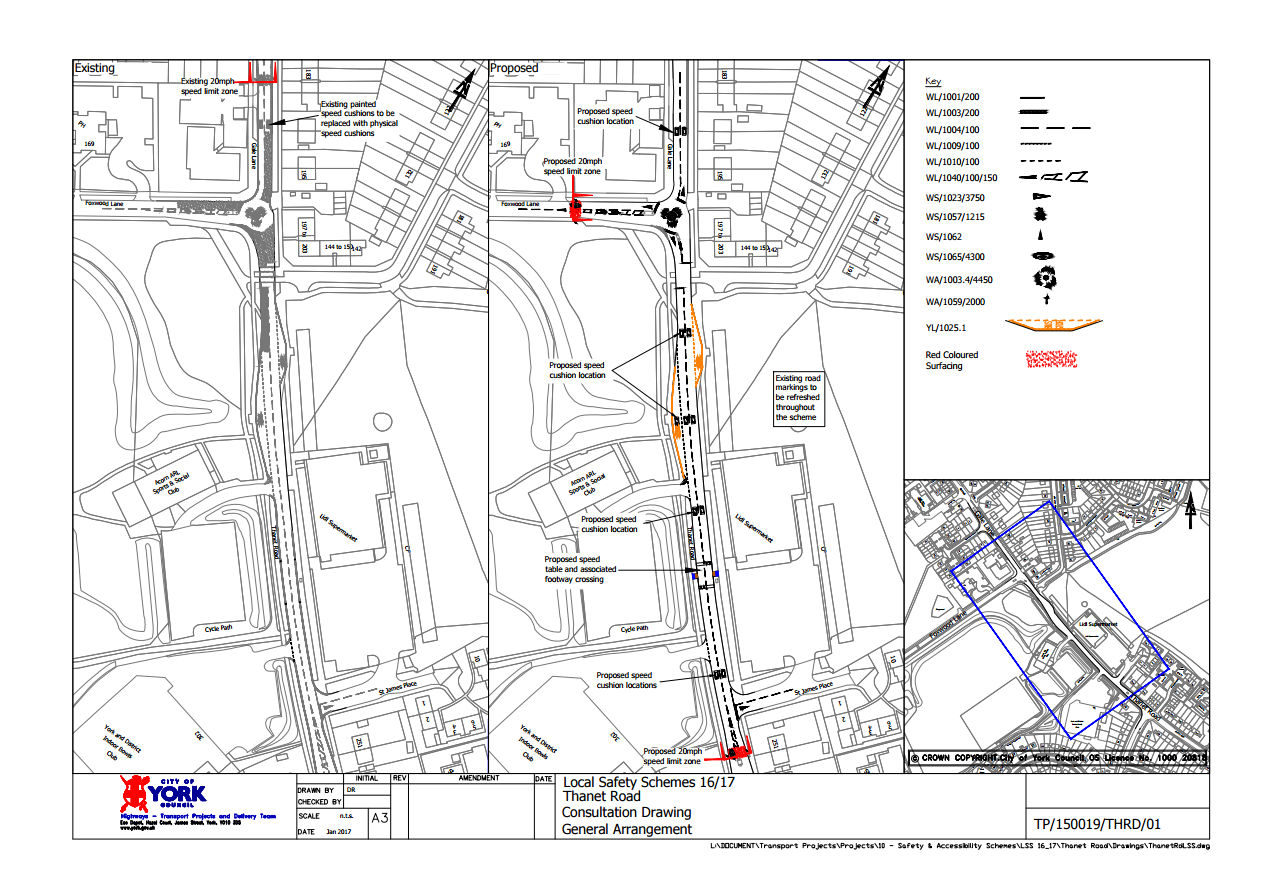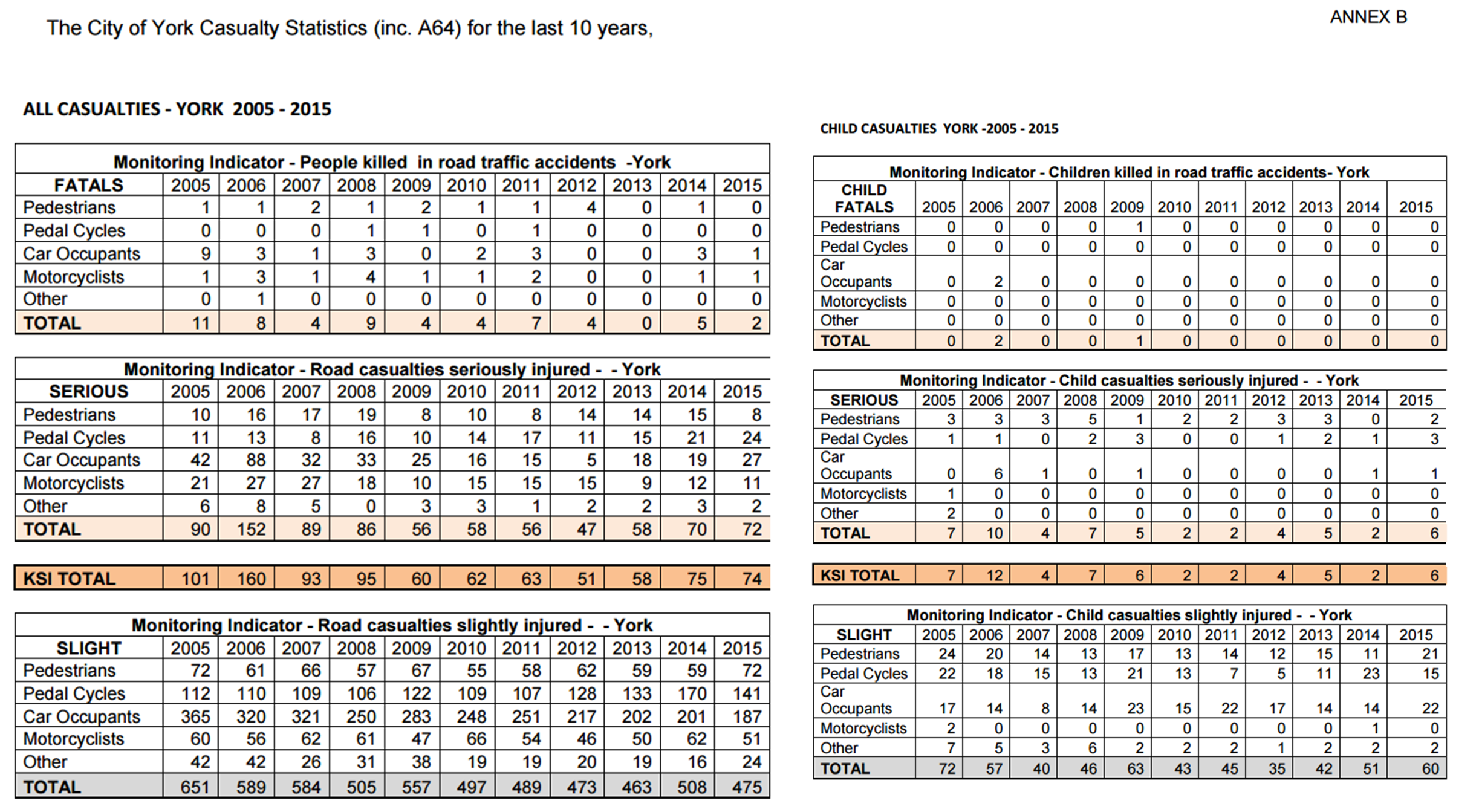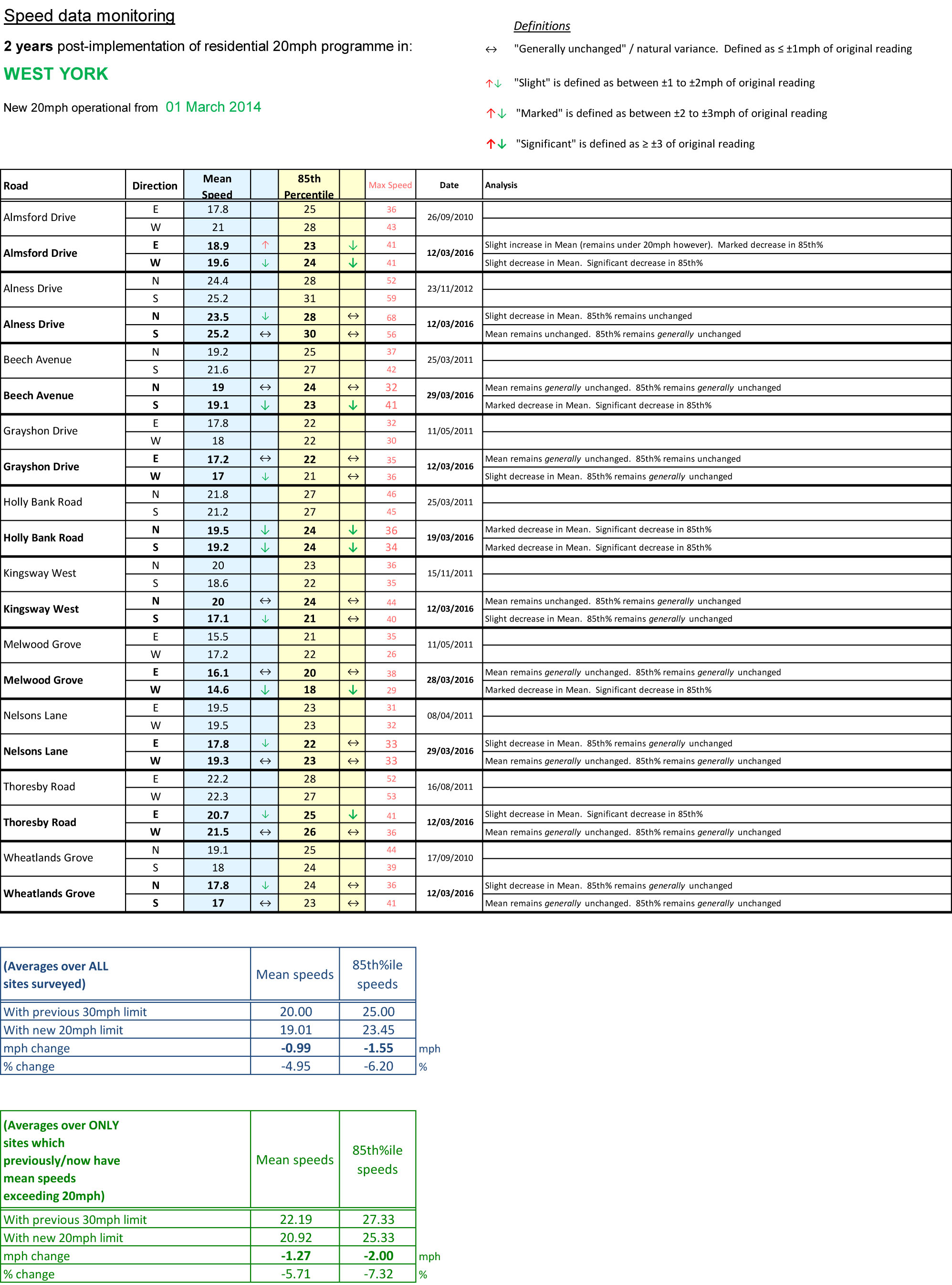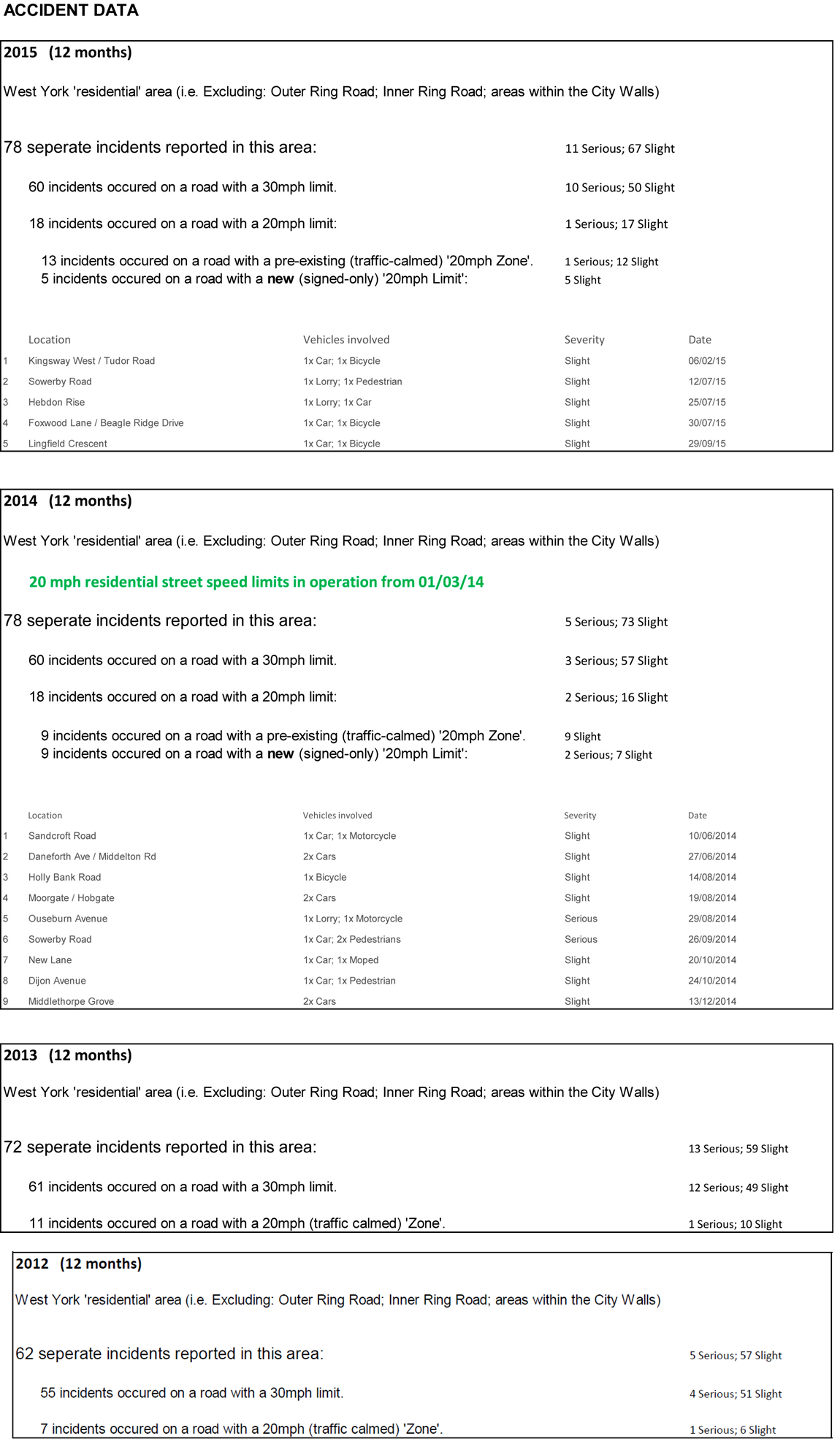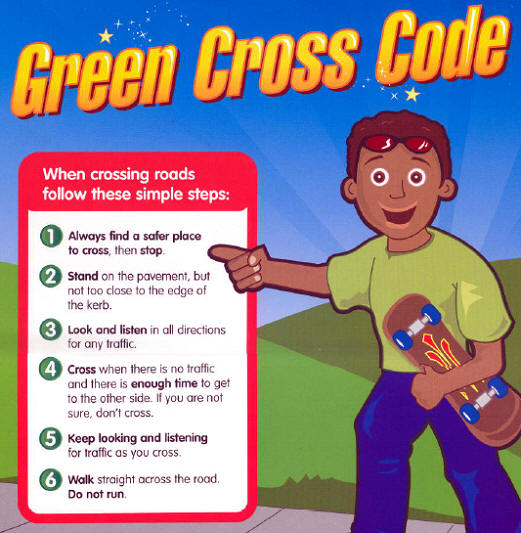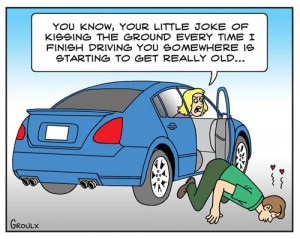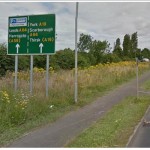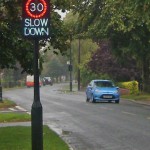The media are today reporting a move to extend the use of 20 mph speed limits in the City. In reality most residential roads already have such a limit. Some, including the 20 mph limit in The Groves part of the Guildhall ward, were introduced about 20 years ago.
Most were introduced 5 years ago at a cost of £600,000. Their supporters claimed that this would result in a reduction in accident levels.
In reality the numbers killed or seriously injured on our roads has remained stable at about 60 per year.
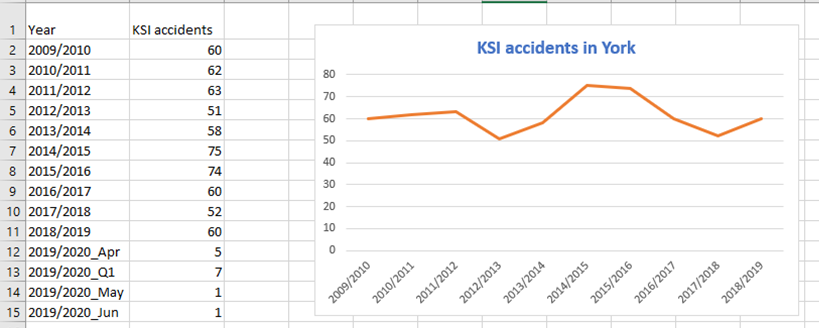
Most of the accidents occur outside residential areas with many on roads with 60 or 70m mph limits. A lot of information is shared on the Councils “open data” pages. This includes the background to each accident and details the type of vehicles involved, driver characteristics etc.
Paradoxically, average speeds on some roads actually increased after 20 mph limits were introduced. The road covered by 20 mph limits can be downloaded from the Councils web site click
So should we be worried about accident levels in the City?
One of the disappointments of recent years has been the lack of attention given by Executive Councillors to road safety strategy. Too often reports have been tabled along with other issues which have restricted the time given to analysing trends.
The York Councils famously limp “scrutiny” process barely touches on the subject of road safety.
Unless local leaders engage more positively in addressing issues then we can expect 60 people to be seriously injured on our roads each year for the foreseeable future.
….and changes to speed limits? Technology change means that it will be possible to automatically govern vehicle speeds shortly. This would allow speed limits to be varied to meet prevailing road conditions.
If speed is an issue in causing accidents (it isn’t in most cases) then technology might provide a new solution.

 In the
In the 